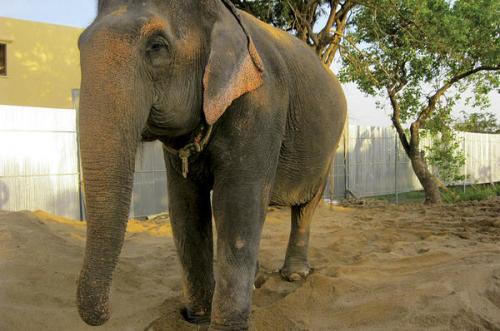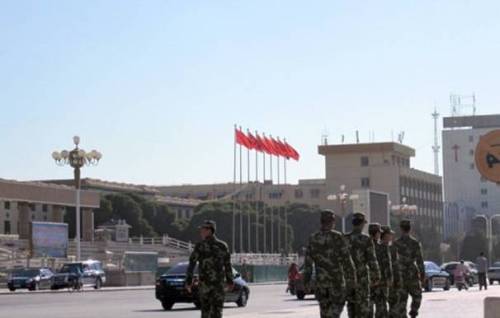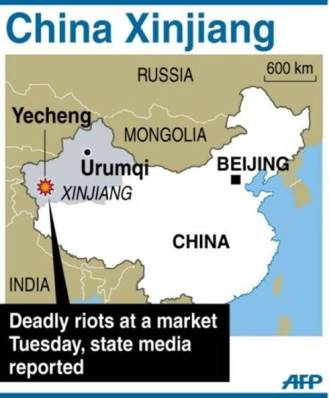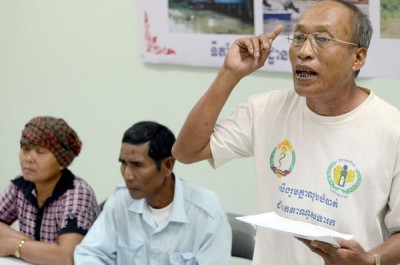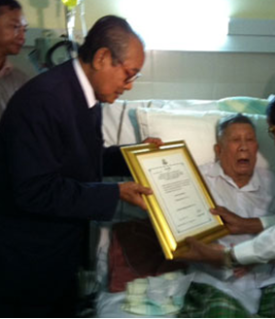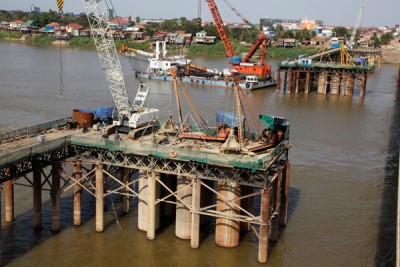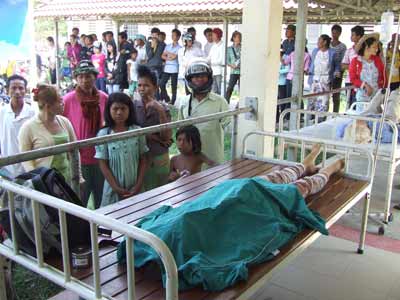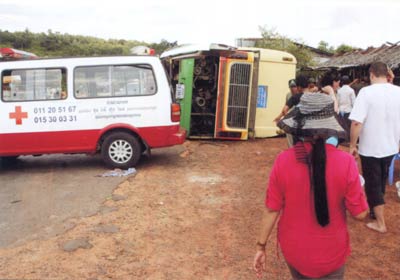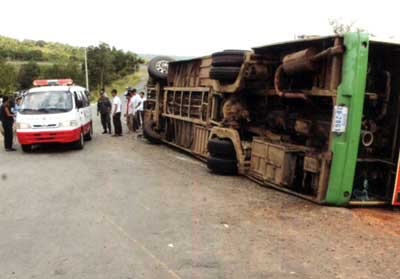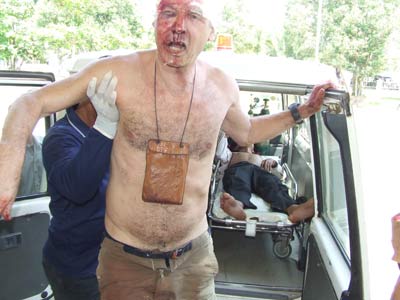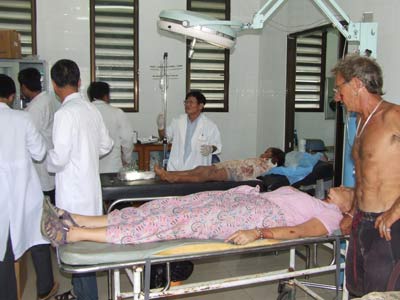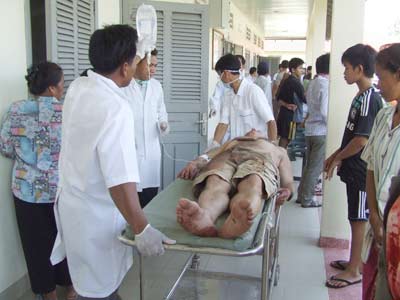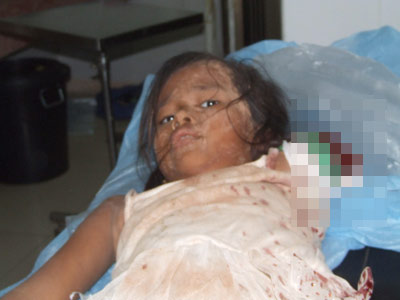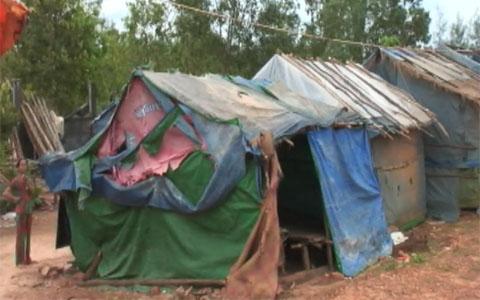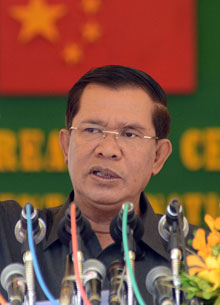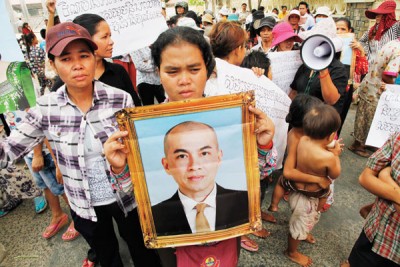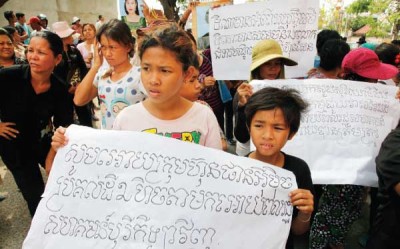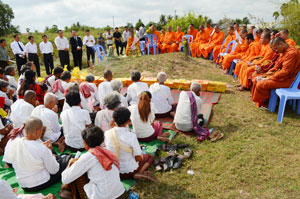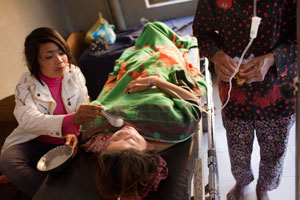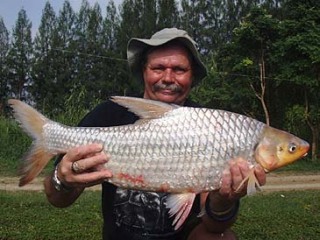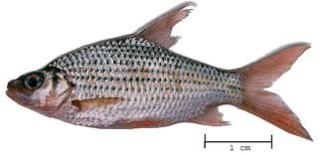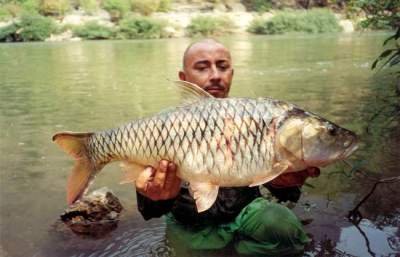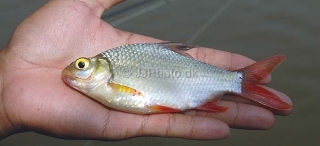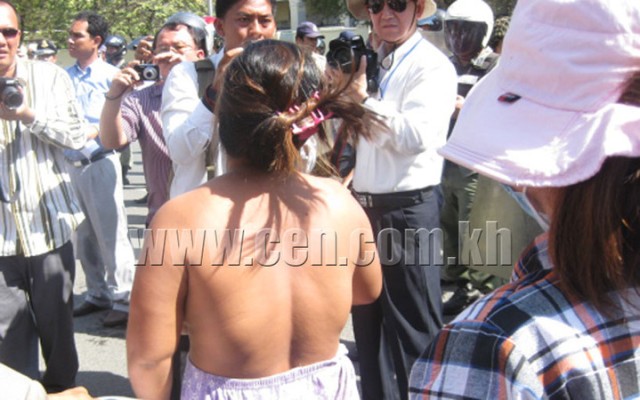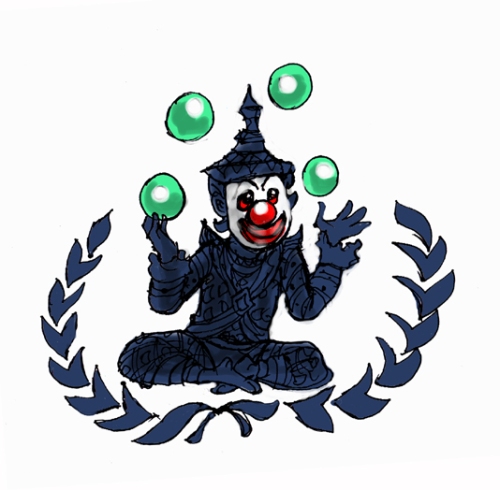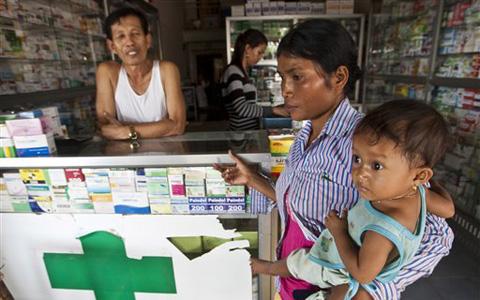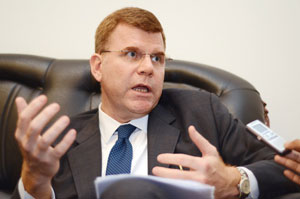2012-02-28
Radio Free Asia
Cambodia’s Khmer Rouge Tribunal, which had run out of money to pay the salaries of Cambodian workers, has received pledges of funds following a meeting last week with donor countries at the United Nations in New York, a spokesman for the U.N.-backed war crimes court said Tuesday.
“We have received positive results and support from the donors,” spokesman Neth Pheaktra told RFA.
Cambodian staff working at the tribunal will now receive back pay within the next two to three weeks, Pheaktra said.
More than 300 Cambodians working at the court had not received salaries since October 2011, he said, adding that at least 10 staff members in the prosecution department had already submitted notices to the court saying they would quit in March if they have not been paid by then.
Now, donor groups have pledged 90 percent of the U.S. $10 million requested for the annual budget for this year for the Cambodian side of the court.
The tribunal has requested a total of U.S. $89 million for both Cambodian and international staff for the budgets for 2012 and 2013, Pheaktra said.
“The Cambodian side wants $20 million for the two years,” Pheaktra said.
Voluntary contributions
International staff at the tribunal are paid directly by the U.N., while the salaries of local staff are funded by voluntary contributions from donor countries such as Japan, France, and Australia.
From 2006 to 2011, the court spent about U.S. $140 million, with $33 million spent by the Cambodian side and $107 million spent by the international side, Pheaktra said.
The tribunal, officially known as the Extraordinary Chambers in the Courts of Cambodia (ECCC), was set up six years ago to seek justice for the deaths of up to two million Cambodians during the brutal rule of the Khmer Rouge from 1975-1979.
It has long been hit by allegations of political meddling.
The tribunal completed its first trial this month, sentencing former Khmer Rouge prison chief Duch to life on appeal for overseeing the deaths of some 15,000 people.
A second trial involving three senior regime leaders is under way.
Cambodian prime minister Hun Sen has openly opposed expanding the trials by adding indictments of other former Khmer Rouge figures, some of whom have become his political allies.
Reported by Samean Yun for RFA’s Khmer service. Translations by Samean Yun. Written in English by Richard Finney.

